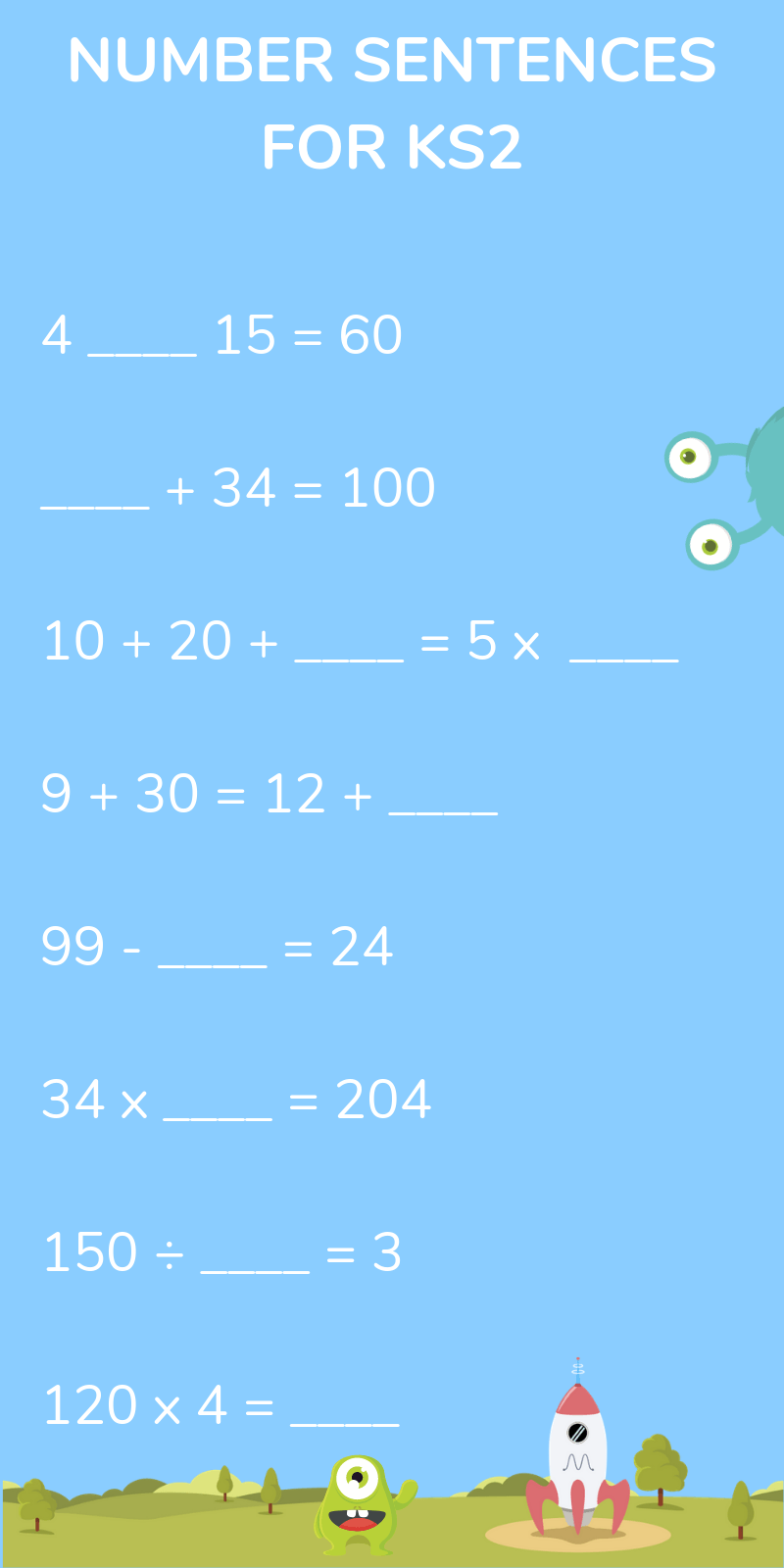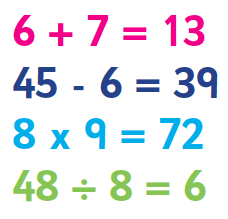Numbers, the enigmatic symbols that permeate our lives, possess an uncanny ability to captivate our attention. Did you ever experience a heart-stopping moment when your eyes fell upon the digital display, revealing the arrival of a coveted message waiting for you? Numbers hold immense power, conveying essential information, evoking emotions, and shaping our perceptions. What happens when we commence a sentence with a number? Does it alter the narrative, augment its impact, or merely serve as a numerical marker? Join us on this captivating journey as we delve into the art of using numbers at the start of a sentence, exploring its significance, impact, and strategic applications.

Image: thirdspacelearning.com
Historical Allure: The Enduring Tradition of Numbered Beginnings
The practice of initiating sentences with numerals has its roots in the annals of history. Ancient texts, such as the Bible and religious scriptures, bear witness to the widespread use of numbers in sentence construction. The Ten Commandments, etched in stone, begin with the emphatic proclamation, “One God shalt thou have: “, while the Sermon on the Mount opens with the iconic words, “Blessed are the poor in spirit.” These numbered beginnings not only establish a sense of order and progression but also amplify the significance of the messages they convey.
In English literature, authors have embraced the technique of numbered beginnings for centuries. William Shakespeare, renowned for his linguistic prowess, frequently employs numbers to introduce sentences, creating a rhythmic cadence and compelling emphasis. In his masterpiece, “Romeo and Juliet,” he writes, “Three civil brawls, bred of an airy word, / By three or four hot heads.” Writers like Jane Austen and Charles Dickens followed suit, using numbers to delineate characters, sequence events, and build suspense.
Purpose and Impact: Understanding the Strategic Use of Numbers
Numbers at the beginning of sentences serve a myriad of purposes, each contributing to the overall impact of the narrative. First, numbers create a clear sense of organization and structure. When we order ideas numerically, we invite readers to follow a logical progression, perceiving the relationship between different points with greater ease. For example, a list of instructions or a step-by-step guide benefits immensely from numbered beginnings, offering a structured framework for understanding and following directions.
Furthermore, numbers can serve as powerful attention-grabbers. By juxtaposing a number against the traditional flow of words, writers break the conventional patterns, triggering curiosity and alertness in the reader’s mind. A sentence that starts with a number stands out from the rest, making the statement more memorable and compelling. This technique is often employed in headlines, call-to-actions, and marketing campaigns to capture attention quickly.
Numbers also convey specific meanings and associations that can subtly shape the reader’s interpretation. For instance, the number “one” often implies unity or individuality, while the number “three” suggests balance or stability. Using the number “two” to begin a sentence creates a sense of duality or contrast, inviting the reader to consider contrasting viewpoints.
Mastering the Technique: Tips and Expert Advice for Effective Use
While numbers undeniably enhance the narrative flow and reader engagement, it is crucial to employ them judiciously to achieve the desired effect. Here are some tips and expert advice to guide you in mastering the art of using numbers at the beginning of sentences:
- Use numbers judiciously: Avoid initiating every sentence with a number. Overuse can diminish the impact and make your writing appear repetitive.
- Consider alternatives to numerals: Sometimes, replacing numerals with words (e.g., “first” instead of “1”) enhances readability and fosters a smoother flow.
- Incorporate numbers purposefully: Each number should contribute to the overall meaning and structure of the narrative. Avoid using numbers simply for ornamentation.
- Use numbers in conjunction with other elements: Numbers can be combined with conjunctions, adverbs, or other sentence starters to create more complex and nuanced beginnings.
- Experiment with different number placements: Try using numbers in the middle or end of sentences occasionally to add variety and avoid monotony.
By adhering to these guidelines and practicing intentional use, you can leverage the power of numbers to elevate your writing and captivate your readers.

Image: www.theschoolrun.com
Frequently Asked Questions: Clarifying Common Doubts
- Q: Is it grammatically correct to start a sentence with a number?
A: Yes, it is grammatically acceptable to start a sentence with a number. However, consider using it sparingly and keeping the number in written form (e.g., “One hundred years ago”) for numbers above nine.
- Q: How can I use numbers effectively to add emphasis?
A: Start sentences with numbers that convey specific meanings or associations (e.g., “Two contrasting viewpoints emerged”). Use numerical comparisons to highlight differences (e.g., “Three times more likely to succeed”).
- Q: What are the potential drawbacks of using numbers at the beginning of sentences?
A: Overuse can lead to monotony and disrupt the flow of the narrative. Certain numbers (e.g., complex fractions or lengthy digits) can be cumbersome and difficult to read.
- Q: How can I use numbers to create a sense of rhythm?
A: Vary the placement of numbers within sentences. Experiment with using different numbers together (e.g., “Three and five make eight,” “One, two, three, go!”).
Numbers At The Beginning Of A Sentence
Conclusion: Embracing the Art of Numbered Beginnings
Numbers, when positioned strategically at the start of sentences, manifest their power to organize, emphasize, and convey meaning. Mastering the art of using numbers is akin to wielding a potent narrative tool, enabling you to craft captivating content that commands attention and lingers in the reader’s mind. Whether you seek to structure complex concepts, highlight key points, or evoke specific emotions, you can harness the versatility of numbers to weave written masterpieces that captivate and persuade.